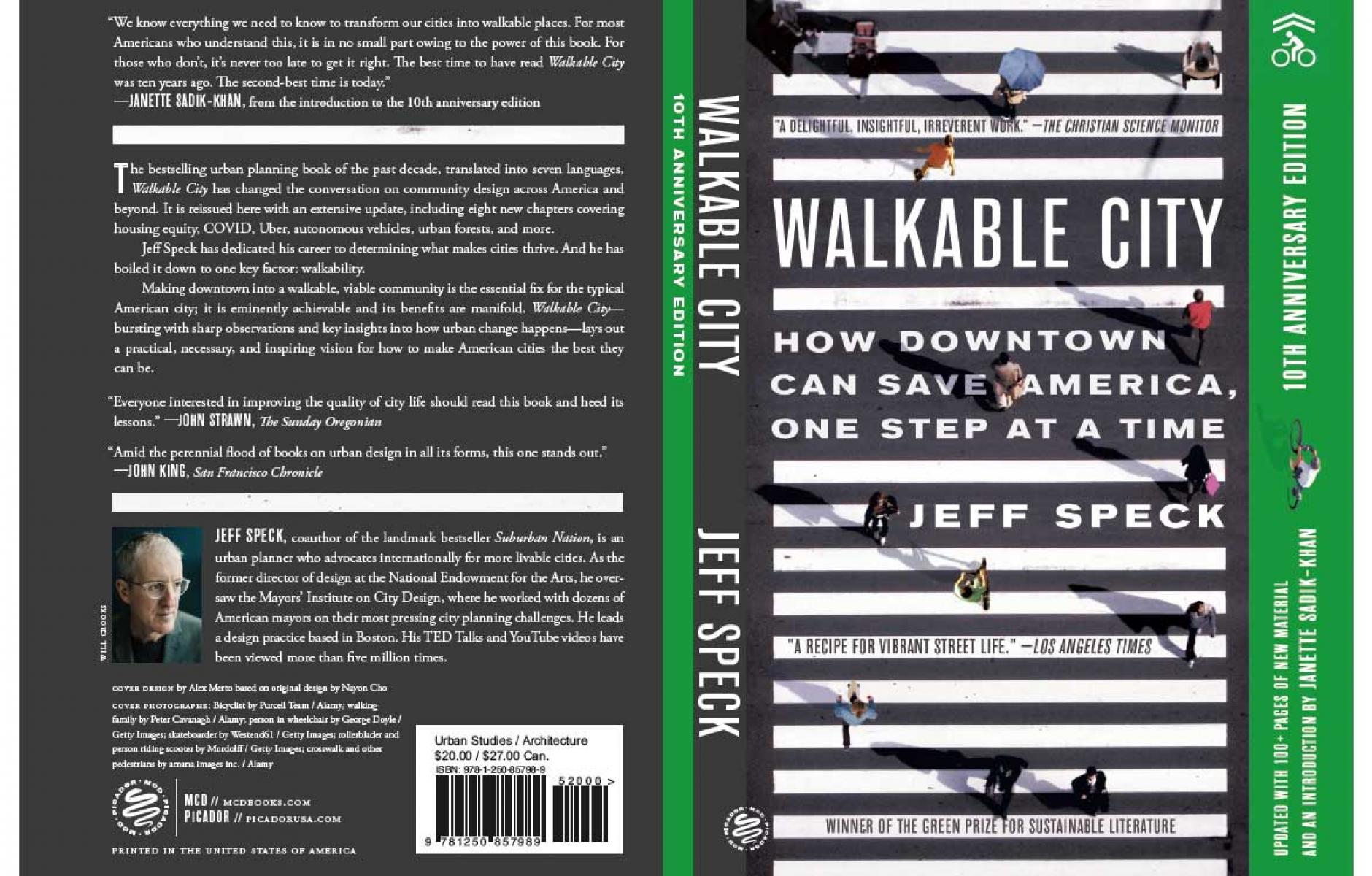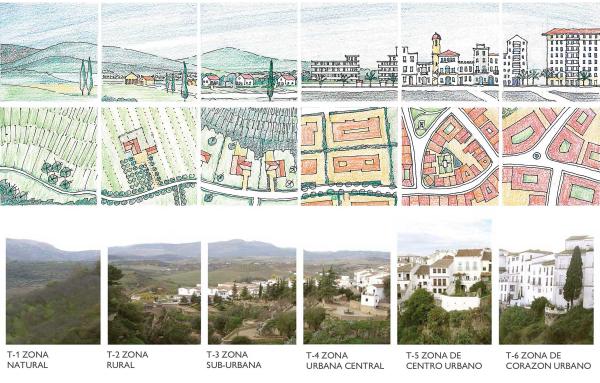
The enduring relevance of Walkable City
A decade ago, my publication’s review of Jeff Speck’s Walkable City: How Downtown Can Save America, One Step at a Time got nearly everything right. Writer Philip Langdon captured the significance of the book, and detailed Speck’s points that have endured to this day (as a 10th Anniversary Edition is released, including 100 new pages of Speck’s current thinking on American cities in the 2020s).
My one mistake in the fall of 2012 was in placing Langdon's report in the back of the publication with the other book reviews, and not on the cover (If had known that Walkable City would become the best-selling city planning book for for the next two years, I would have changed the layout).
Walkable City remains important for two reasons. The first is that it ably articulates a war between city design and traffic engineering that is still waging today. From Langdon’s review:
The principal problem today, [Speck] asserts, is that most governments have not yet recognized the folly of conventional traffic engineering. Speck noticed that in city after city, “Left to their own devices, traffic engineers were widening streets, removing trees, and generally reaming out downtowns to improve traffic flow.” He observes: “Much of this was happening below the mayor's radar. In the absence of any design leadership from above, the city engineer, simply by doing his job, was redesigning the city—badly.”
These words ring true today. Walkable City is the rare topical book that is still on target 10 years later—especially the central theme, the struggle over whether streets should be designed primarily for people, or for automobiles.
You may ask this question: If the war goes on and on, with little change and no end in sight, why should anyone continue to care? To which I say: We should care because every small victory for city design makes a big difference in people’s lives. Each city and town that is made more walkable improves health, safety, the economy, and the environment. While the conflict endures, the battles are important and worthwhile for their own sake.
Furthermore, we are making progress, even at a near-glacial pace. In-city freeways are a good example. As the aging freeways that were built through cities during the 1950s through 1970s require replacement, federal and state DOTs are increasingly opting to remove them. Each time a segment of freeway is removed, you can hear the sound of a city’s economy and quality of life improving. The universal success of highways-to-boulevards is stunning—the only challenge being that the boulevards themselves are designed by traffic engineers, which means success depends on the vigilance and political savvy of city designers until the last row of trees is planted.
There are other good signs: Street grids, abandoned by the transportation planners in the 1940s, are starting to make a comeback. Zoning reforms increasingly enable building frontages that create outdoor rooms. All of these efforts are having an impact, but you really need 10 years of perspective to see much change. Walkable City deserves as much credit as any new urbanist endeavor for the progress that has been made in the last 10 years.
The second reason why Speck’s book remains vital is what he calls the General Theory of Walkability, which holds that "to be favored, a walk has to satisfy four main conditions: it must be useful, safe, comfortable, and interesting." Each of the four conditions is essential; none alone is sufficient, Langdon explains.
This theory provides a framework for the ideas in Walkable City. Most of the book is written around ten steps to walkability, which are all categorized as either pertaining to usefulness, safety, comfort, or interest. This four-part theory has proven to be a good explanation for how to make a city walkable, and has caught on due to Jeff Speck’s tireless efforts to evangelize around the US and the world. Speck’s TED talk on the General Theory has garnered more than 2.5 million views in the last five years. Consequently, the theory takes its place among other influential new urbanist ideas like the neighborhood/5-minute walk, and the rural-to-urban Transect.
In addition to being an effective speaker, Speck is a good writer. Unlike every other new urbanist book that I can think of, Walkable City has no images and relies entirely on prose. Speck’s tone ranges broadly—from serious to humorous, and technical to breezy—keeping things interesting. Janette Sadik-Khan, the former NYC Transportation Commissioner, provides an introduction to the 10th Anniversary edition that refers to Speck’s “graceful phrasing” that gives “everyday readers and advocates a language with which to challenge a professional and political status quo that repels most attempts to change how America’s public commons are designed, built, and managed.”
She brings readers up to date on the walkability front, including shifting market trends, from the covid pandemic to the maturing of the millennial generation. But the central themes of the Speck’s book are still relevant, as Sadik-Khan notes: “Appearing in the infancy of tech-enabled mobility, Walkable City’s title and thesis offered a powerful, human-powered antidote to modern ills: when you design for the walkability of communities, you solve for the safety, vibrancy, health, equity, and economy of cities.”






